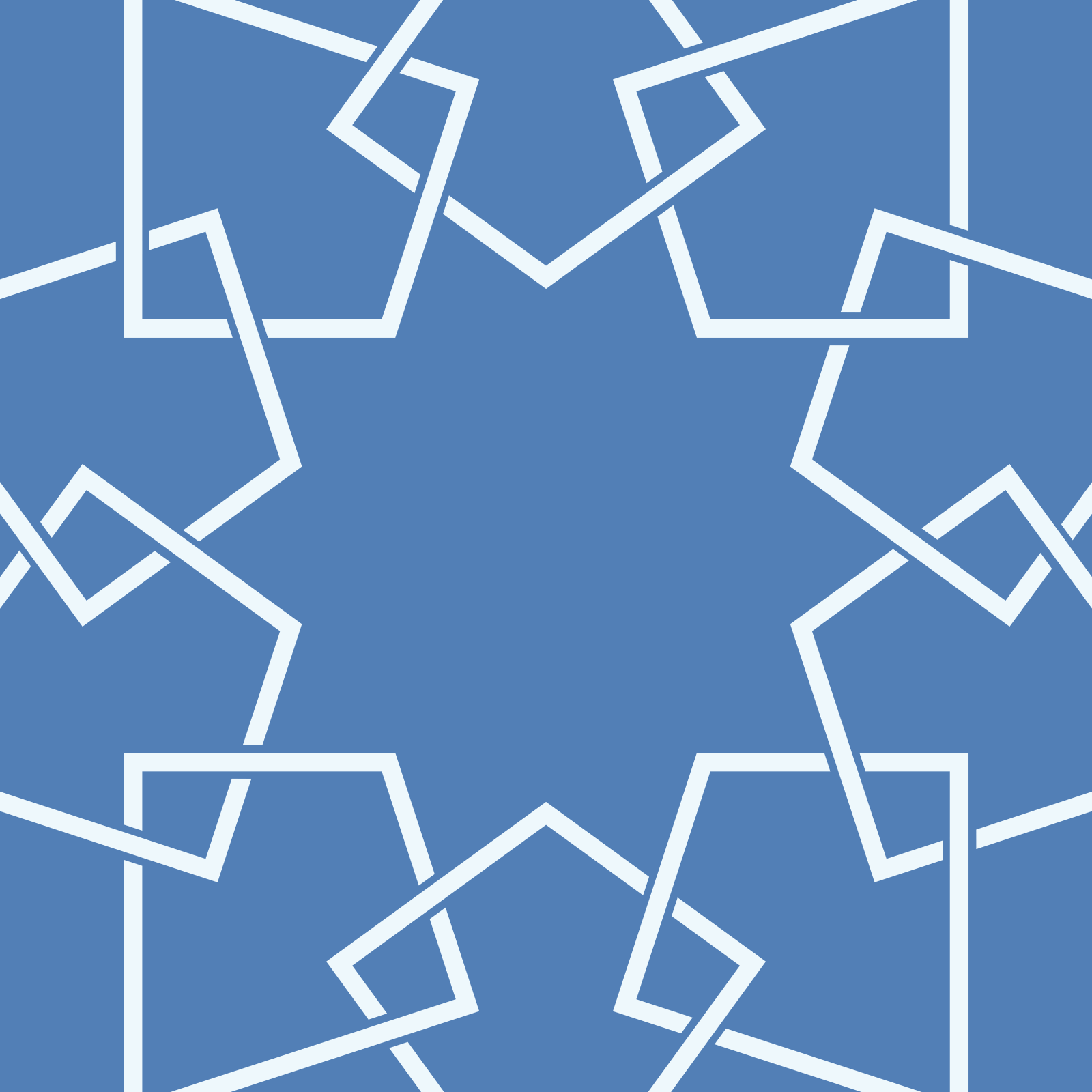Nine facts about the Shah Jahan Mosque, Britain’s new Islamic heritage site

This week, the Shah Jahan Mosque in Woking, England, became the first mosque in Britain to be listed as Grade I by the country’s government. The move, which recognises the mosque’s exceptional historic, architectural and cultural importance, puts it on equal footing with other major historic British monuments, including Buckingham Palace.
Here are nine amazing facts about the little-known mosque that has suddenly been propelled onto the international stage.
1. BRITAIN AND NORTHERN EUROPE’S FIRST PURPOSE-BUILT MOSQUE
There was no other space built specifically to function as a mosque in this part of the world before 1889, the year the Shah Jahan was completed.

2. BUILT BY A JEW WHO MAY HAVE BEEN MUSLIM OR CHRISTIAN
Dr Gottlieb Wilhelm Leitner was a Hungarian-Jewish linguist who spent many years in India. He built the mosque as part of his Oriental Institute in the town of Woking. Dr Leitner was registered a Jew at birth, but he put “Anglican” (Christian) on his British naturalisation application and studied Islam extensively, giving rise to claims he may have also been Muslim at some point.
3. NAMED AFTER A BEGUM FROM INDIA
The Sultan Shah Jahan Begum, the ruler of Bhopal, India, supported the building of the mosque with a contribution of £5,000 towards construction costs.
4. QIBLA DIRECTION CONFIRMED BY A SHIP’S CAPTAIN

According to an 1889 newspaper report, the captain of a famous British shipping and logistics company was a daily visitor to the construction site in Woking between the hours of 4 pm and 6 pm. This was to take bearings and ensure that the mosque’s mihrab (prayer niche in the qibla wall of a mosque) was correctly aligned towards the holy city of Makkah.
5. HOME TO EARLY FAMOUS BRITISH MUSLIMS
Amongst them were the Right Honourable Rowland George Allanson Allanson-Winn, the 5th Baron Headley of Agadhoe, and Marmaduke Pickthall, the world’s most famous English translator of the Quran. Better known as Lord Headley, the former played a significant role in advancing Islam in Britain and performed the haj in 1923. Pickthall often stepped in as imam at the Shah Jahan Mosque
6. VISITED BY MUSLIM LEADERS AND NOTABLE DIGNITARIES
They included the Sultan Jahan Begum, daughter of the mosque’s biggest donor (1925); Saudi Crown Prince Amir Saud (1935); the Emperor of Abyssinia, His Imperial Majesty Haile Selassie (1936); Muhammad Ali Jinnah, founder of Pakistan (1932), The Agha Khan, His Highness Sir Muhammad Shah (1957); and the Duke of Kent, Prince Edward (2003).
7. BIRTHPLACE OF THE NAME “PAKISTAN”
It is believed a series of meetings beginning in the summer of 1936 at the mosque, chaired by notable Muslims like Choudhry Rehmat Ali, led to the suggestion of the name “Pakistan” for a Muslim homeland in the north of India. The name is said to be the combination of the word “pak”, meaning “pure”, and “stan”, meaning “land”.
8. ONE OF BRITAIN’S EARLIEST MUSLIM PUBLISHING HOUSES

In February 1913, the Muslim India and Islamic Review magazine was published at the mosque. It would later become the Islamic Review and continued to be published right up to the 1980s. The mosque was also home to the Basheer Muslim Library and Woking Muslim Literary Trust, both of which published Islamic literature.
9. IN AN AREA OF SIGNIFICANT BRITISH MUSLIM HERITAGE
Woking is also home to the first burial site for Muslim soldiers, now known as the Peace Gardens, and the country’s first-ever general Muslim burial site, still inside the nearby Brookwood Cemetery, where both Lord Headley and Pickthall are buried.

Tharik Hussain is a freelance travel writer, journalist and award-winning broadcaster who specialises in Muslim heritage and Muslim travel. Tharik also writes for travel giant Lonely Planet and is the project manager of a heritage project at the Shah Jahan Mosque in Woking, England.
© MySalaam.com 2018 All rights reserved

Tharik Hussain